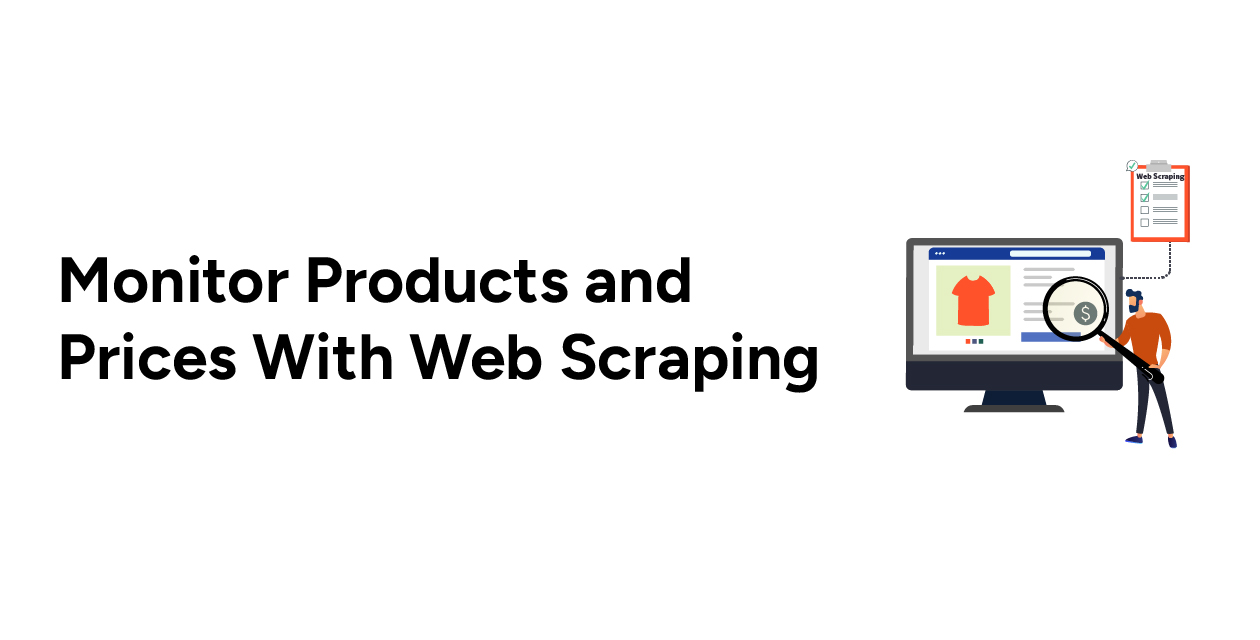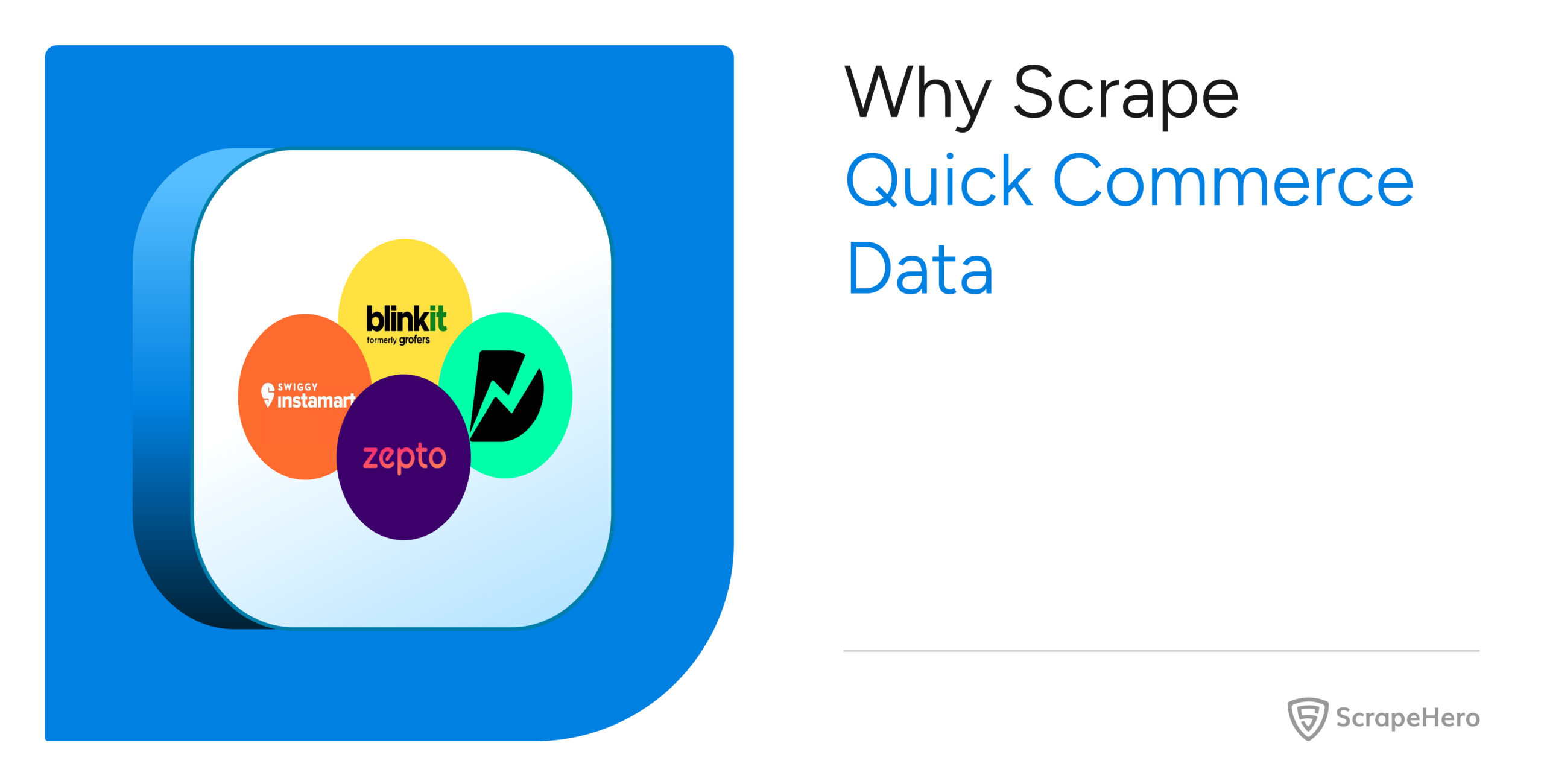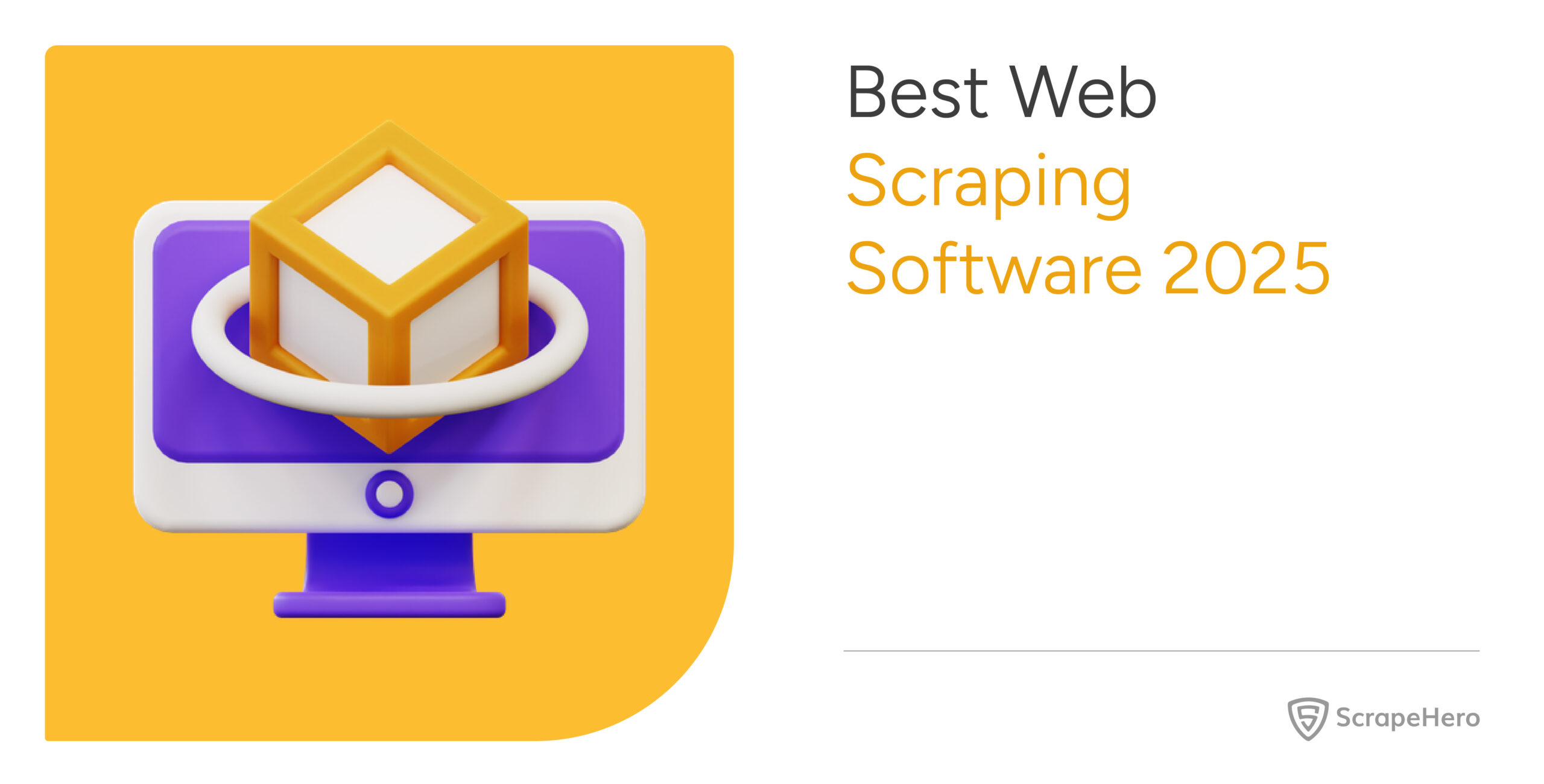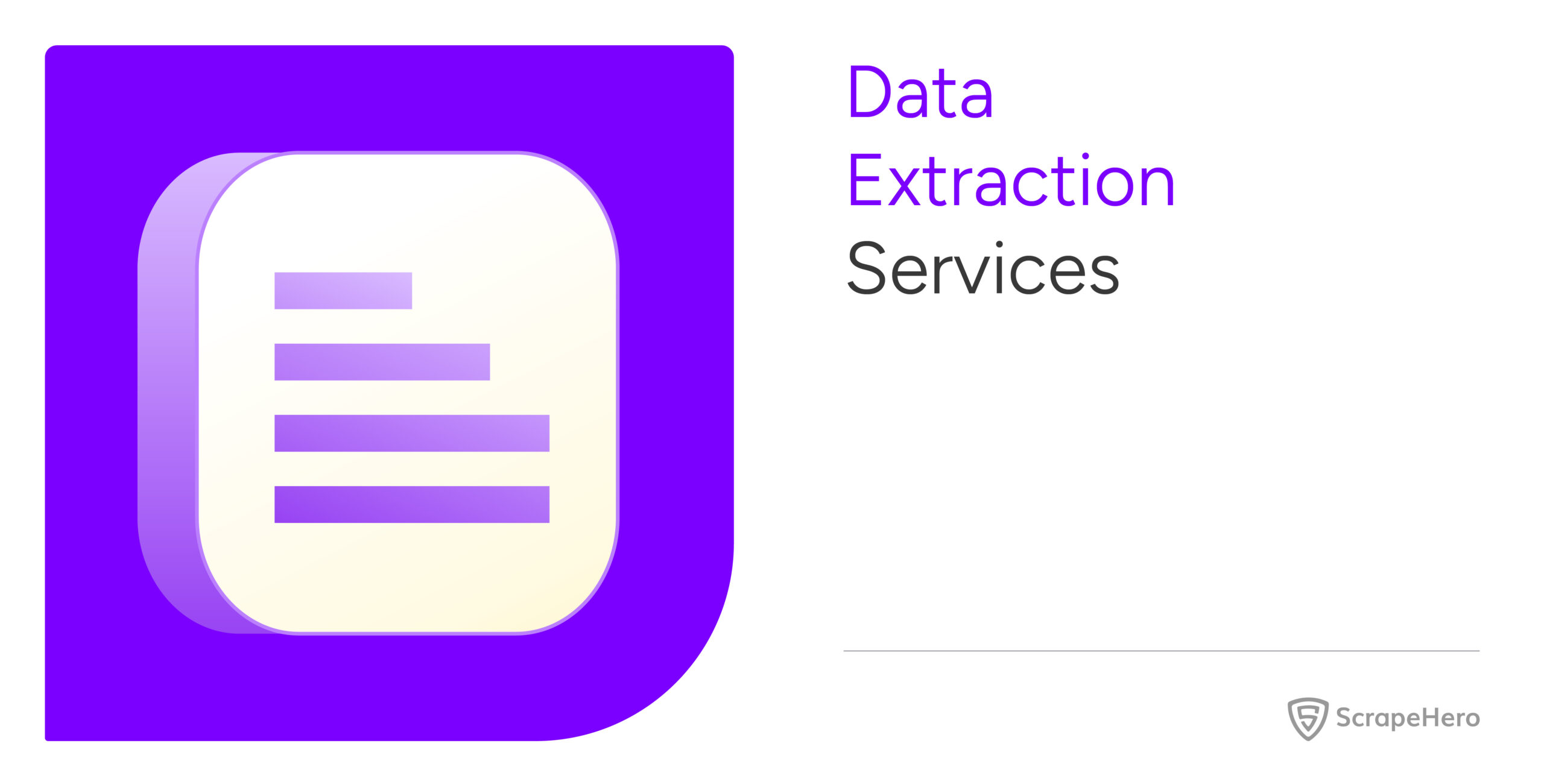The e-commerce business is characterized by its fast pace and constant change. Prices fluctuate, new products emerge, and consumer tastes evolve, all at an unprecedented speed. This rapid transformation makes it challenging for businesses to stay competitive. The key to success in such a volatile arena lies in the ability to monitor products and pricing for competitor analysis.
However, manually tracking competitors’ products and prices can be complex and resource-intensive. Web scraping is the optimal solution for businesses looking to gain a comprehensive and real-time understanding of the e-commerce market.
With web scraping, businesses can automate the collection of vast amounts of data on competitor pricing, product assortments, and market trends. This data can be analyzed to get a clear view of the competition. It also allows businesses to make data-driven decisions and tailor their offerings.
This blog will answer the question of why it is important to monitor competitor products and prices. And how web scraping can revolutionize your approach to competitor, product, and price analysis in the e-commerce domain.
Web Scraping for Competitor Analysis
The first step in web scraping for competitor analysis is the process of automating the collection of data from competitors’ websites. This data is then analyzed to stay up-to-date in the market.
Monitoring Products and Pricing for Competitor Analysis
A critical part of competitor analysis in the e-commerce domain is product and price monitoring using web scraping. Price and product monitoring is a broader term encompassing the collection of data and the ongoing tracking, analysis, and interpretation of that data over time.
For instance, web scraping competitor prices and products can leave a business with many insights. It can be analyzed to see if a competitor is undercutting their prices or if they are launching high-end products at a premium. This insight allows businesses to adjust their pricing and position their products more effectively in the market.
Product Monitoring
Product monitoring in the context of e-commerce involves systematically tracking various aspects of products as they are presented and sold on digital platforms. This practice is essential for businesses to understand market trends and optimize their offerings. Product scraping is an integral part of this process because it provides you with the data required to monitor the products.
Price Monitoring
Pricing data is an important detail within product data. Monitoring the pricing strategies of competitors is essential for businesses.
It involves systematically tracking and analyzing the prices of products across various online platforms. Price scraping is the fundamental step in price monitoring, providing us with the necessary data for analysis.
Why Do You Need To Monitor Product and Market Prices in E-Commerce Business
The purpose of price and product monitoring in e-commerce businesses is multifaceted, addressing various strategic, competitive, and operational aspects. In the digital marketplace, where competition is fierce, these practices are vital for maintaining an edge and achieving sustainable growth.
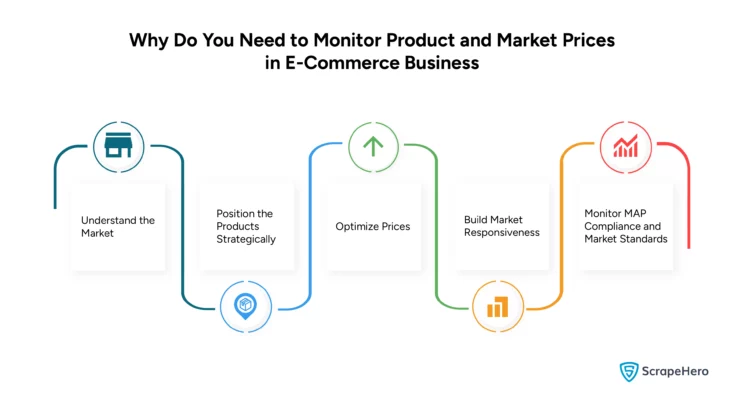
Here’s a detailed look at the reasons why you need to scrape product and price data from e-commerce websites:
-
Understanding the Market With Web Scraping
Monitoring competitors’ products and prices helps businesses keep up with what’s happening in the market in a straightforward way. By watching what others are selling and how much they’re charging, businesses can spot trends. For example, if eco-friendly products are becoming popular or if prices for certain items are dropping.
Web scraping the relevant data and analyzing it will also show what customers are into right now, whether they prefer budget-friendly items or luxury goods. Plus, it helps businesses figure out the usual standards in their industry, like what features a product should have or how much it’s typically sold for.
Also Read: E-Commerce Web Scraping: The Ultimate Guide -
Strategic Positioning of Products With Web Scraping
Web scraping helps businesses strategically position their products and pricing by providing crucial raw data from competitor websites. This data includes competitors’ pricing, product features, and promotional tactics.
While web scraping itself doesn’t analyze this data, it gathers the necessary information efficiently. Once this data is collected, businesses can then analyze it to understand market trends, see what prices competitors are setting, and what features their products have.
With this information, a business can make informed decisions. Decisions about how to price their products according to the trends and which features to highlight can be made. Web scraping is the first step in a process that leads to informed, strategic decisions in the market.
-
Optimizing Pricing With Web Scraping
Web scraping allows businesses to adjust their prices based on real-time market data, competitor prices, and consumer demand by providing up-to-date information from online sources. By using web scraping, a business can automatically scrape price data from competitor websites, online marketplaces, and other digital platforms.
This continuous flow of information means a business can quickly see when competitors change their prices or when new products are launched. Businesses can then analyze this data and adjust their own pricing strategies accordingly.
For example, if competitors lower their prices for a popular product, the business might decide to do the same to stay relevant. Web scraping ensures that these decisions are based on the latest market conditions by getting you up-to-date data, thereby helping businesses respond swiftly to changes in the landscape.
-
Building Market Responsiveness With Web Scraping
Web scraping allows businesses to respond quickly to market changes by providing up-to-date information about competitors’ prices and consumer trends. When competitors cut prices, or there are shifts in what consumers prefer, this information is often reflected on their websites first.
By using web scraping, a business can automatically collect this data from various online sources in real-time. This means they can see almost immediately when a competitor lowers their prices or when there’s a surge in interest for a particular type of product.
With the conclusions drawn by analyzing this data, businesses can then quickly adjust their own pricing, marketing, or product offerings to meet the changing consumer demands.
-
Monitoring MAP Compliance and Market Standards
For brands with MAP (Minimum Advertised Price) policies, monitoring ensures that resellers adhere to agreed-upon pricing. Web scraping helps monitor MAP compliance by automatically gathering data on the advertised prices of products from various online retailers.
Manufacturers set MAP policies to ensure their products are not advertised below a certain price. For brands with MAP policies, monitoring ensures that resellers adhere to agreed-upon pricing. By using web scraping, a business can efficiently track and verify that all retailers are adhering to these MAP guidelines.
The process involves regularly scraping prices from websites where their products are sold and comparing them against the set MAP. If a retailer advertises a product below the agreed-upon price, this can be quickly identified. This real-time monitoring is crucial for businesses to enforce MAP policies effectively and maintain fair market practices.
In summary, price and product monitoring is crucial for adapting to a dynamic market, optimizing pricing and products, and driving overall business growth in e-commerce. This data-driven approach enables businesses to make informed decisions and stay prepared in the digital marketplace.
Say Goodbye to Guesswork!
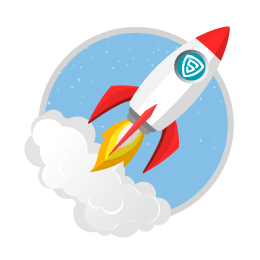
How Does Product and Price Monitoring Work?
Product and price monitoring in e-commerce involves a series of steps businesses undertake to stay informed about market dynamics. This process includes identifying competitors, scraping relevant information, exporting this data, and then analyzing it for actionable insights. Here’s an expanded view of each of these steps:
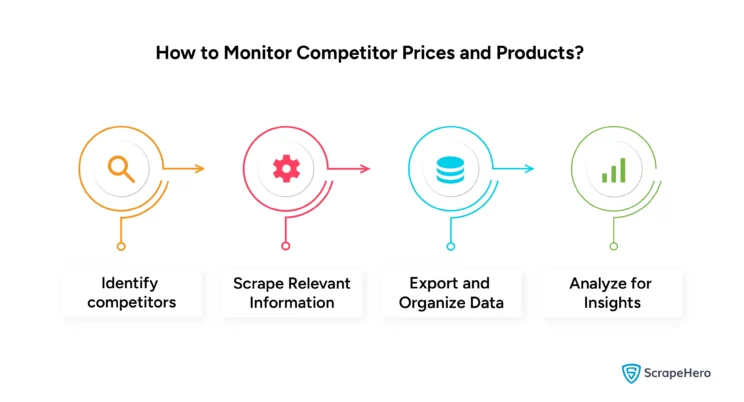
-
Identify Competitors
- The first step is to identify who the key competitors are. This involves market research to understand which businesses offer similar products or target similar customer segments.
- It is in this step that businesses decide whether to monitor direct competitors (those offering similar products) or indirect competitors (those targeting similar customer segments with different products).
-
Scrape Relevant Information
- Once competitors are identified, businesses determine what information to scrape. This can include product prices, descriptions, customer reviews, stock levels, and promotional activities.
- Another critical step is deciding the frequency of scraping data. Some businesses may need real-time data, while others might scrape data daily, weekly, or monthly.
- Once frequency and data fields are identified, businesses can automate the collection of this data from competitors’ websites and online marketplaces.
-
Export and Organize Data
- The scraped data is then exported into a usable format. This could be spreadsheets, databases, or direct integration into business intelligence tools.
- The exported data needs to be organized and cleaned for analysis. This might involve sorting data, filtering out irrelevant information, and preparing it for comparative analysis.
-
Analyze for Insights
- Businesses can then analyze the scraped data to gain insights into competitors’ pricing strategies, product offerings, and market positioning.
Product and price monitoring is a comprehensive process that starts with identifying who the competitors are. Gathering and organizing relevant data using web scraping follows this, and finally, analyzing this data to make informed strategic decisions.
Why Should You Outsource Your Data Requirements?
In web scraping, businesses often have doubts when deciding between developing an in-house team or outsourcing to specialized service providers. For companies whose primary objectives do not revolve around data, the latter option, particularly outsourcing to a service like ScrapeHero, presents a more advantageous path.
Web Scraping In-House: Challenges and Considerations
The making of an in-house team involves recruiting and training skilled professionals, investing in technology and infrastructure, and continuously updating these resources to stay up-to-date. This approach can be costly, not just in terms of financial investment but also in the diversion of focus from core business activities.
On the other hand, outsourcing web scraping requirements to a dedicated provider like ScrapeHero offers a streamlined and efficient solution. ScrapeHero brings to the table expertise tailored for web scraping, relieving businesses from the burden of developing these capabilities internally.
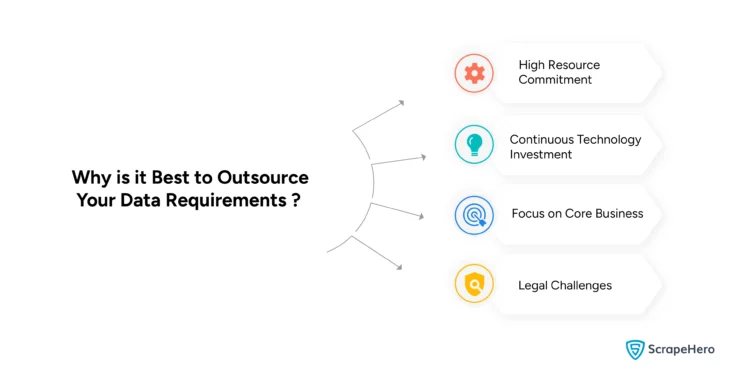
Cost Effectiveness and Access to Expertise
Outsourcing to an expert is particularly beneficial for businesses looking to use data insights without the cost of maintaining a specialized team. Outsourcing to ScrapeHero means accessing the latest technology and expertise ensuring data is harvested efficiently, ethically, and in compliance with legal standards.
Scalability and Flexibility
Outsourcing your data requirement offers scalability and flexibility. This allows businesses to adjust their data acquisition strategies in line with their evolving needs without the cost and effort associated with an in-house team.
Navigating Legal Complexities
Outsourcing your data requirements also relieves you from dealing with the legalities of web scraping. While web scraping publicly available data itself is not illegal, it becomes a legal issue when it involves violating the terms of service of a website, scraping copyrighted material without permission, or accessing data from protected areas (like user accounts or private databases).
A specialized service provider like ScrapeHero ensures compliance with legal standards and ethical guidelines in their scraping practices. We are aware of the legal nuances in different jurisdictions. We have measures in place to avoid legal pitfalls, such as respecting robots.txt files, limiting request rates to avoid server overload, and avoiding scraping of personal or sensitive data without consent.
In conclusion, for businesses whose work lies outside the domain of data-focused activities, the best choice is to outsource their web scraping needs to an expert.
Say Goodbye to Guesswork!

Conclusion
In the e-commerce business, staying ahead of the competition is about having the best products and being the most informed. Monitoring competitor prices and products is crucial for any business aiming to maintain an advantage over its competitors.
Web scraping emerges as an essential tool for automating data collection, enabling businesses to keep a close watch on market dynamics and make informed strategic decisions. However, the intricacies of setting up and managing a web scraping operation can be complicated.
ScrapeHero is a trusted web crawling service provider that simplifies the process and offers businesses the expertise needed to utilize the power of data effectively. Whether it’s customizing data requirements for specific fields, ensuring legal compliance, or providing scalable solutions, ScrapeHero stands out as the go-to partner in data extraction.

